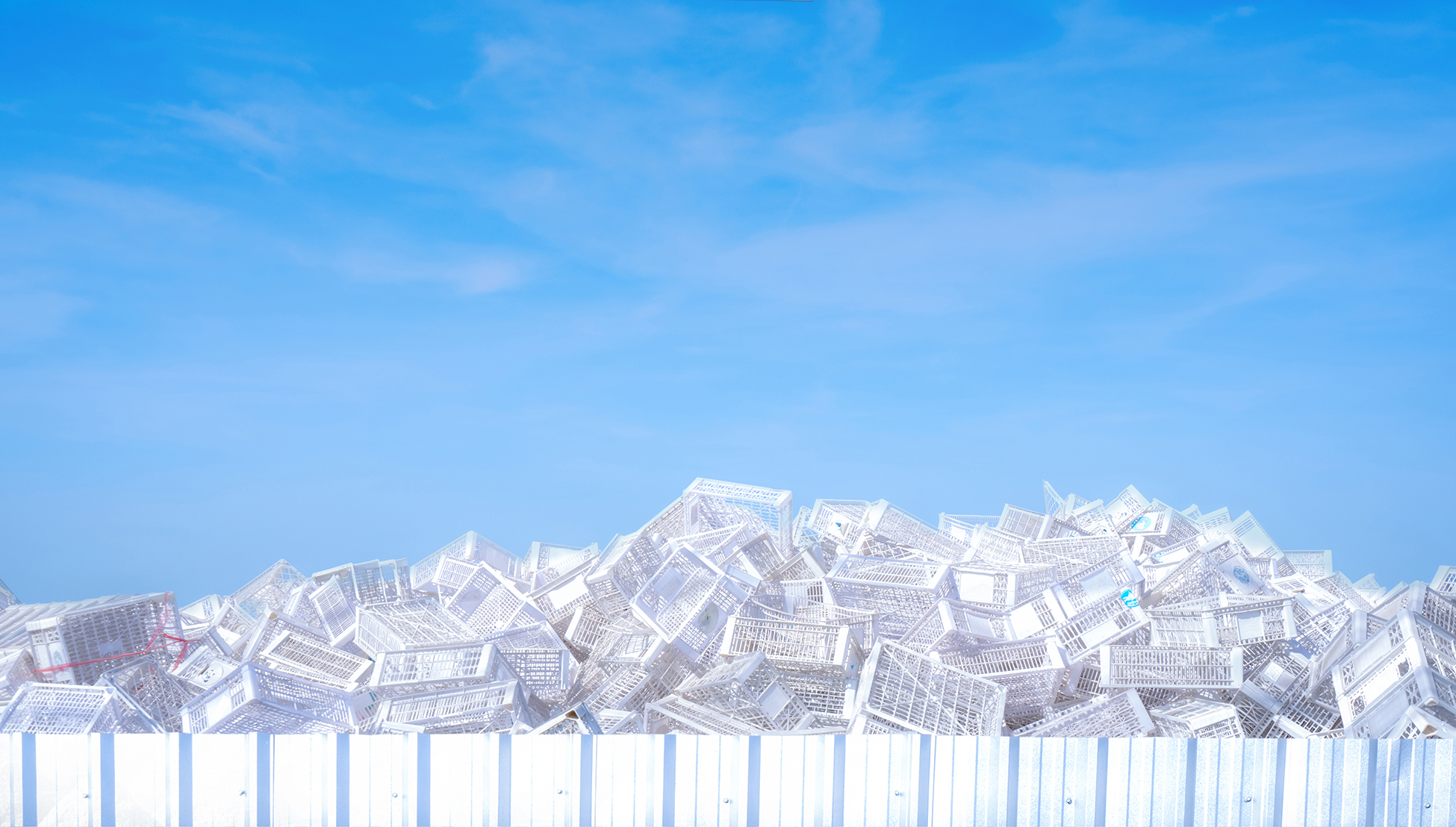Shortages of recycled materials and, as a consequence, hefty price increases, were hot topics at BIR World Recycling Convention. The upside may be that plastics will be considered a valuable untapped resource driving up the recycling rate and being an incentive for innovation in the field. Using balers to sort and compact used packaging material directly at source facilitates and encourages recycling and saves valuable recyclables from ending up in the general waste stream.
“Huge demand” for recycled materials and “very high prices”
BIR (Bureau of International Recycling) is a non-profit organization that supports the interests of the recycling industry. Today it represents more than 800 members from 72 countries and is thereby the largest international recycling federation. BIR World Recycling Convention & Exhibition 2021 took place online this time on May 31-June 2 and the strong demand and almost frantic search for recycled plastic was on top of the agenda.1
Plastics Committee’s Chairman Henk Alssema of Vita Plastics Quite, stated in his opening speech at the convention that completely opposite to prevailing conditions during the previous BIR Convention last October, this year has brought about “huge demand” for recycled materials and “very high prices” as well as difficulties in fulfilling supply obligations.1
Committee board member Sally Houghton of the Plastic Recycling Corporation, California, offered a positive view of the development and what it means for the recycling rate and future business opportunities: “We’re in that wonderful situation now that we’ve only dreamt of: that there is such demand that, once you have value for a plastic, then you’re going to create more innovation, more people wanting to collect, more people seeing it as an untapped resource.” However, she also argued that there is “still a long way to go in terms of design for recyclability”.1
95 % recycled content in vacuum cleaner housings
There is clearly a need for expanding co-operation between recyclers and packaging producers. Guest speaker Eelco Smit from the multi-national Philips provided a leading example of prominent producers’ growing commitment to recycled content in their products. Philips has set the goal to quadruple its use of recycled plastic to 7600 tons by 2025 and 95 % post-consumer polypropylene content has already been incorporated into vacuum cleaner housings and more than 75 % recycled plastics into an award-winning coffee-maker.1
It sends a clear message that big producers in the industry have a strong dedication to recycling and sustainability and playing their part in the circular economy.
A global market for more than 100 million metric tons recycled-content plastic
Recycling Today, covering the highlights of the recent convention in the article “BIR Convention: Can recyclers ‘catch ’em all?”, quoted the speaker Steve Wong of Hong Kong-based Fukutomi Corp and representative of China Sustainable Plastics Association. Mr Wong stated that corporate and government recycled-content requirements for goods and packaging could be creating a global market for more than 100 million metric tons of recycled-content plastic! Recycling Today concludes that actors, who collect and reprocess plastic, evidently are under increasing pressure to find enough plastic scrap to meet growing global demand for sustainable materials.2
“There is not enough material now to go around”
Another Recycling Today article “Tight supply, rising prices” focusing on North America gives a similar view of the current recycling market conditions for plastic. Demand and pricing for plastic scrap, both PET and HDPE, have continued to rise and a PET reprocessor based in the Northeast of the US described the bale supply as “very tight,” and pricing is increasing accordingly. High-grade PET bales have reached 30 cents per pound in California and even if his company offered to raise its pricing, the supply was not available. “The collection rate is poor but starting to improve. We are fighting over every bottle out there. There is not enough material now to go around.”3
Sorting at source saves recyclables from the general waste stream
Balers for effective sorting and compaction directly at source facilitate and encourage recycling and thereby improve the recycling rate of plastics and other recyclable material. It is the very beginning of the recycling chain and saves a lot of valuable recyclables from being lost in the general waste stream.
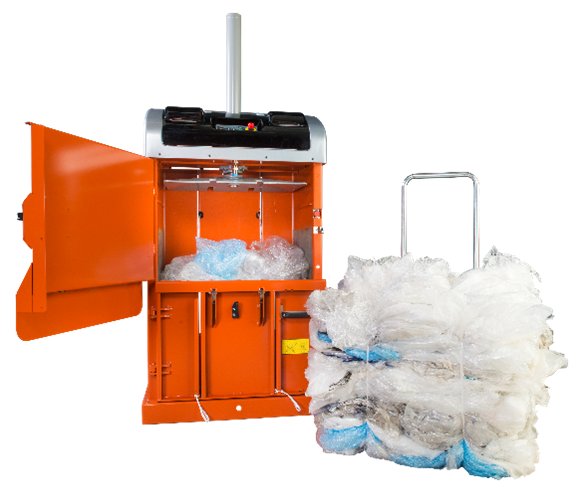
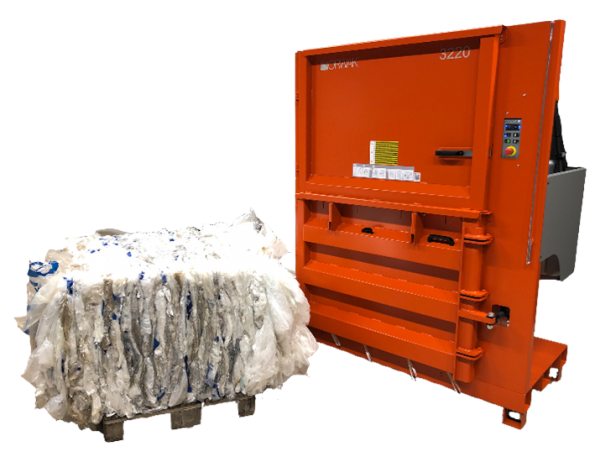
When resources, such as scrap plastic, are scarce, all contributions count and even small businesses like quick service establishments, restaurants and convenience stores have room for a compact baler with a footprint less than 1 m2 and can thereby save space and cost when compacting and baling their packaging material.
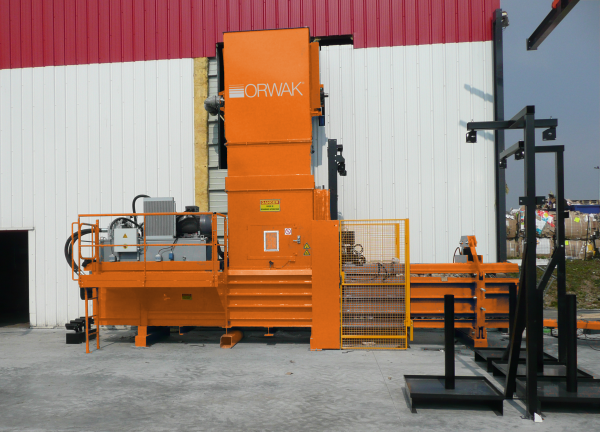
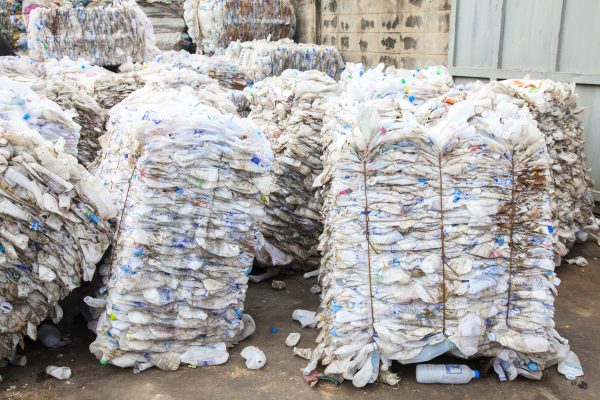
For supermarkets, manufacturing industries and retailers, high capacity vertical balers can preferably be placed next to the incoming goods section of the warehouse, the packing station or the assembly lines to deal with large volumes of recyclables.
In large-scale handling of recyclables, for example in hypermarkets, shopping malls, distribution centers and industrial plants, fully automated horizontal balers placed outdoors and fed through chutes from the source are a viable option. The bales, clean fractions of dense compacted and baled plastic or cardboard, are ready for delivery to the recycling industry and can generate a significant income in times when the demand for recyclables is growing stronger by the day.
1 Source: https://www.bir.org/news-press/news/item/plastics-committee-watershed-moment-for-plastics-recycling-amid-hugedemand-and-elevated-prices
2Source: Article by Brian Taylor, Recycling Today, June 3, 2021: https://www.recyclingtoday.com/article/bir-plastic-scrap-recycling-global-demand-2021/
3Source: Article “Tight supply, rising prices”, Recycling Today, June 3, 2021: www.recyclingtoday.com/article/plastic-scrap-market-report-june-2021






